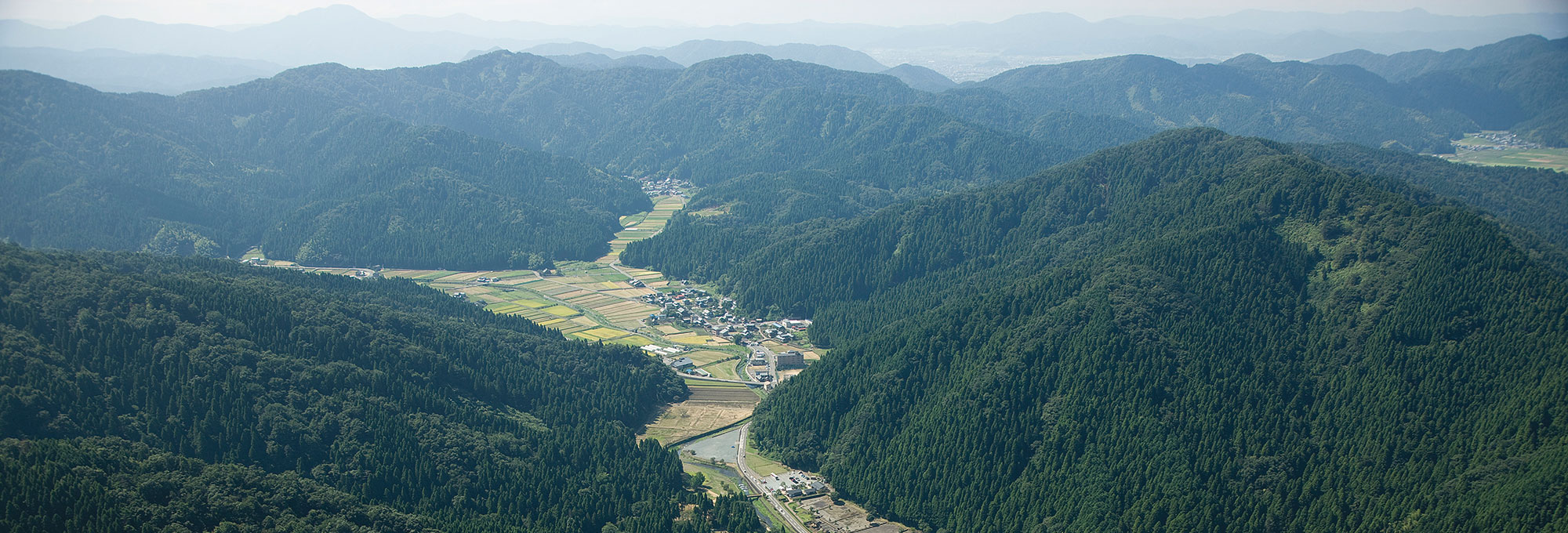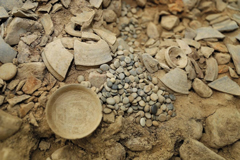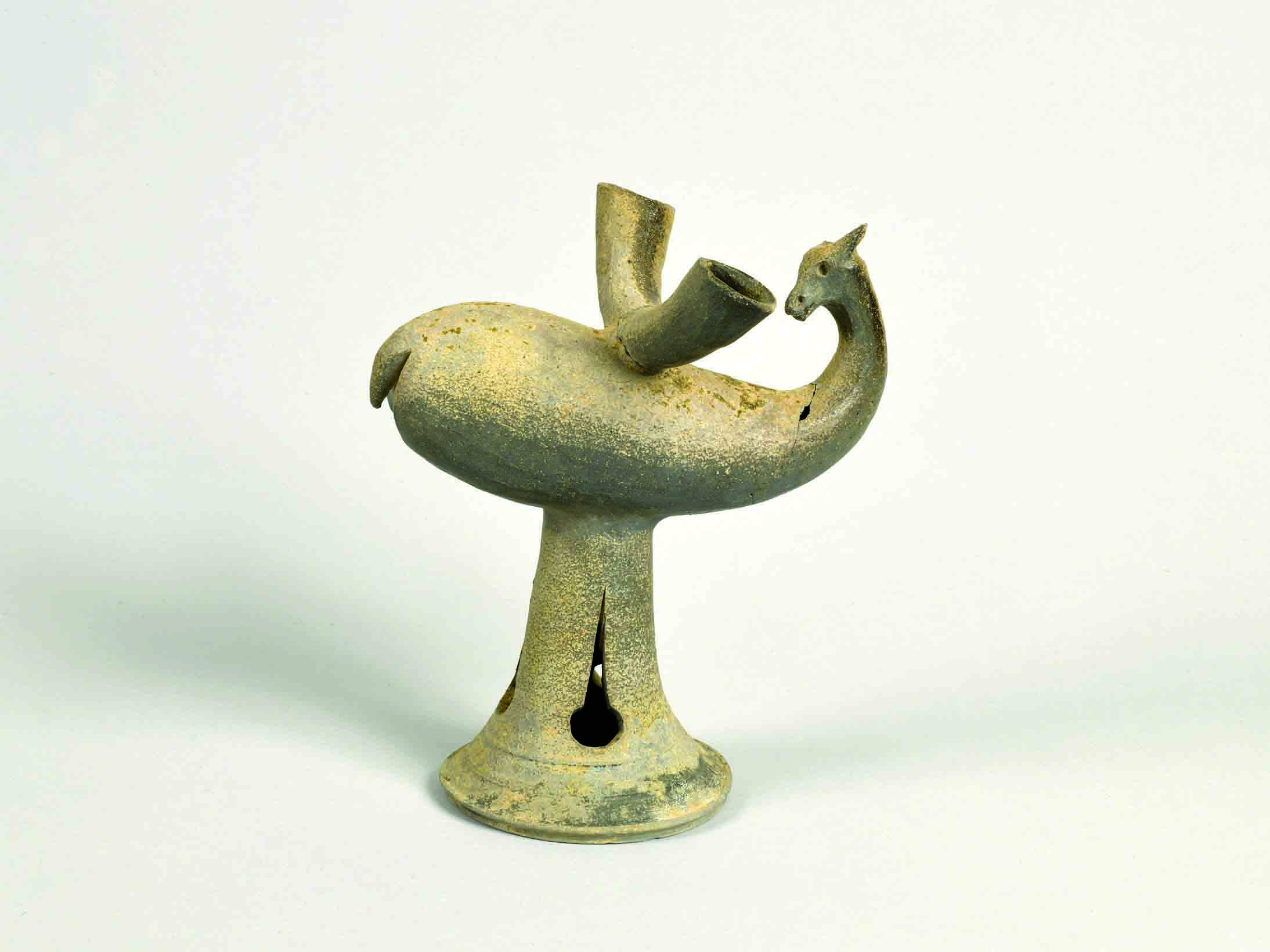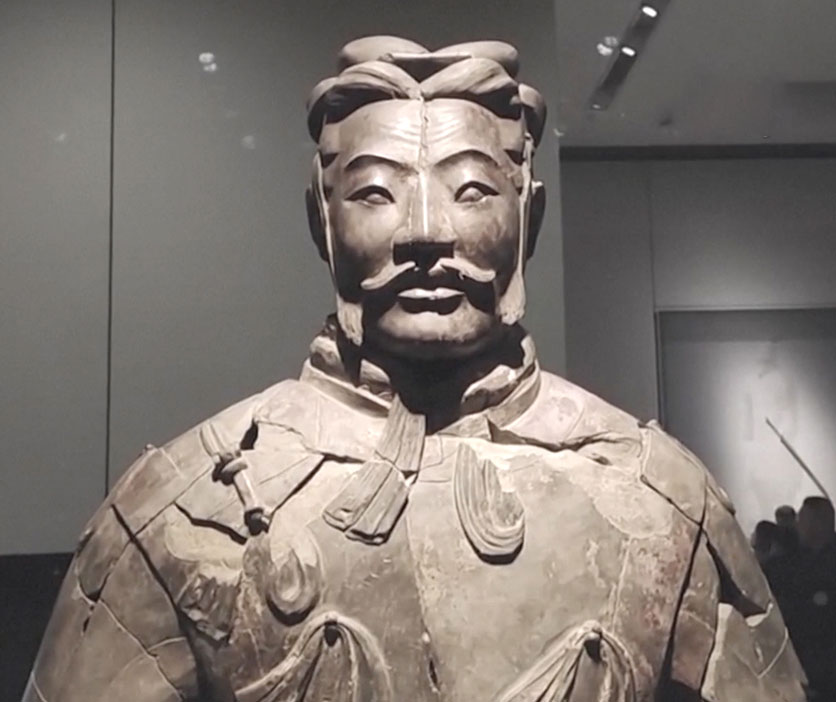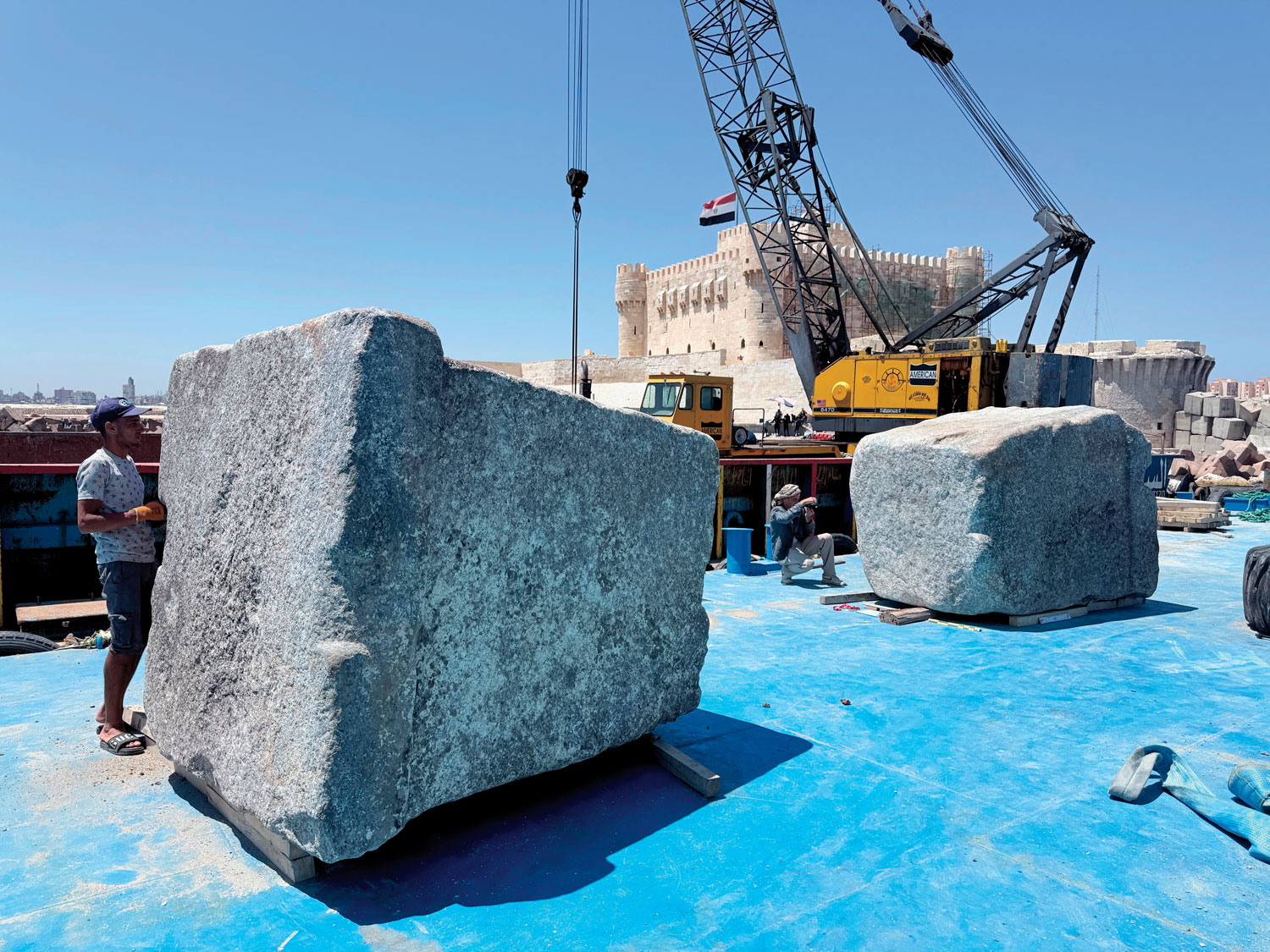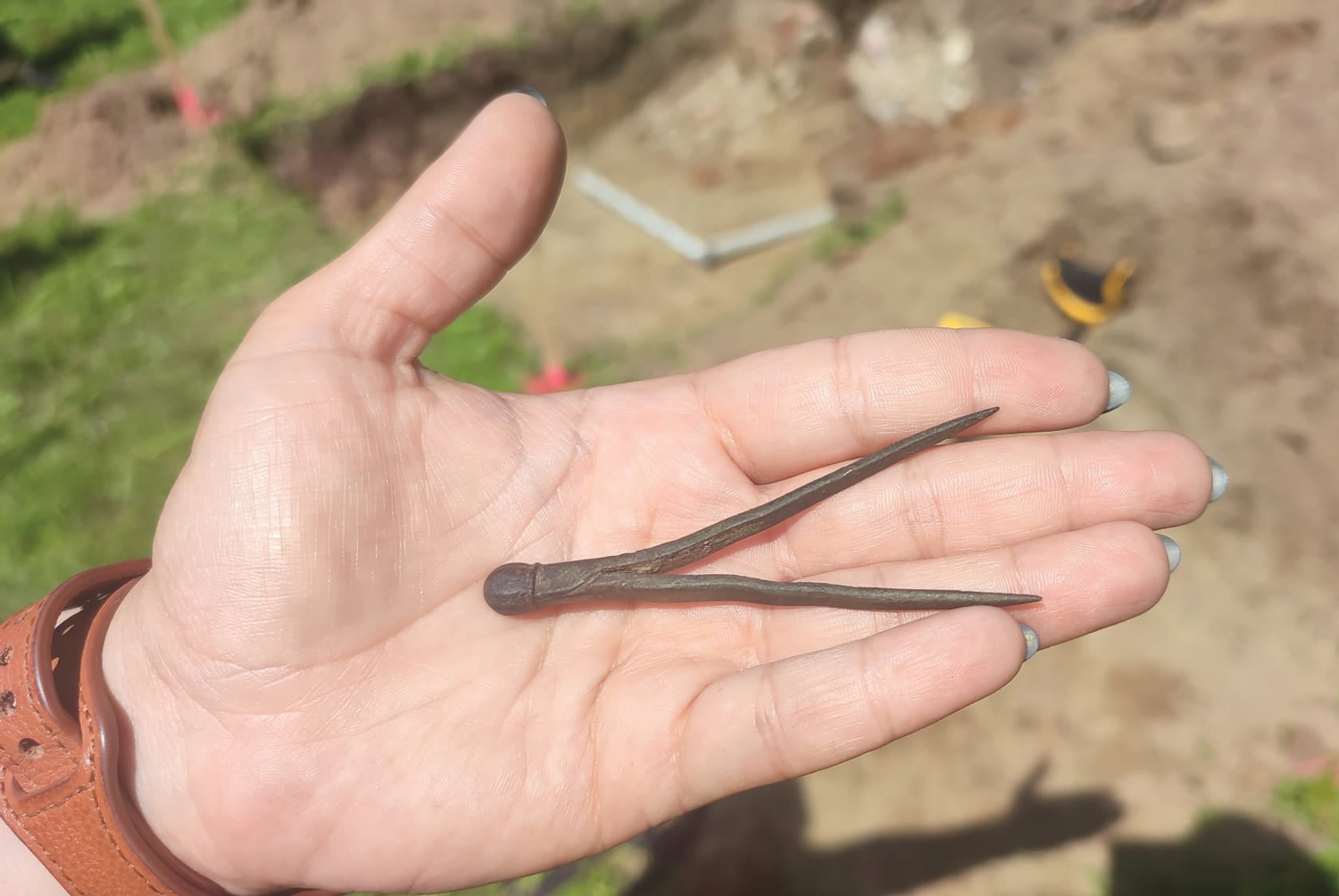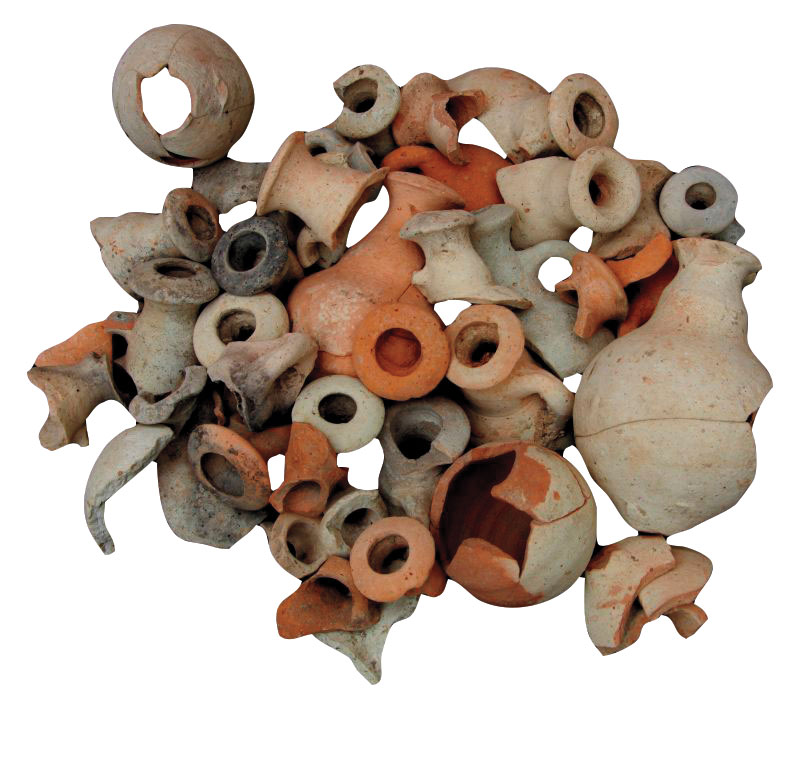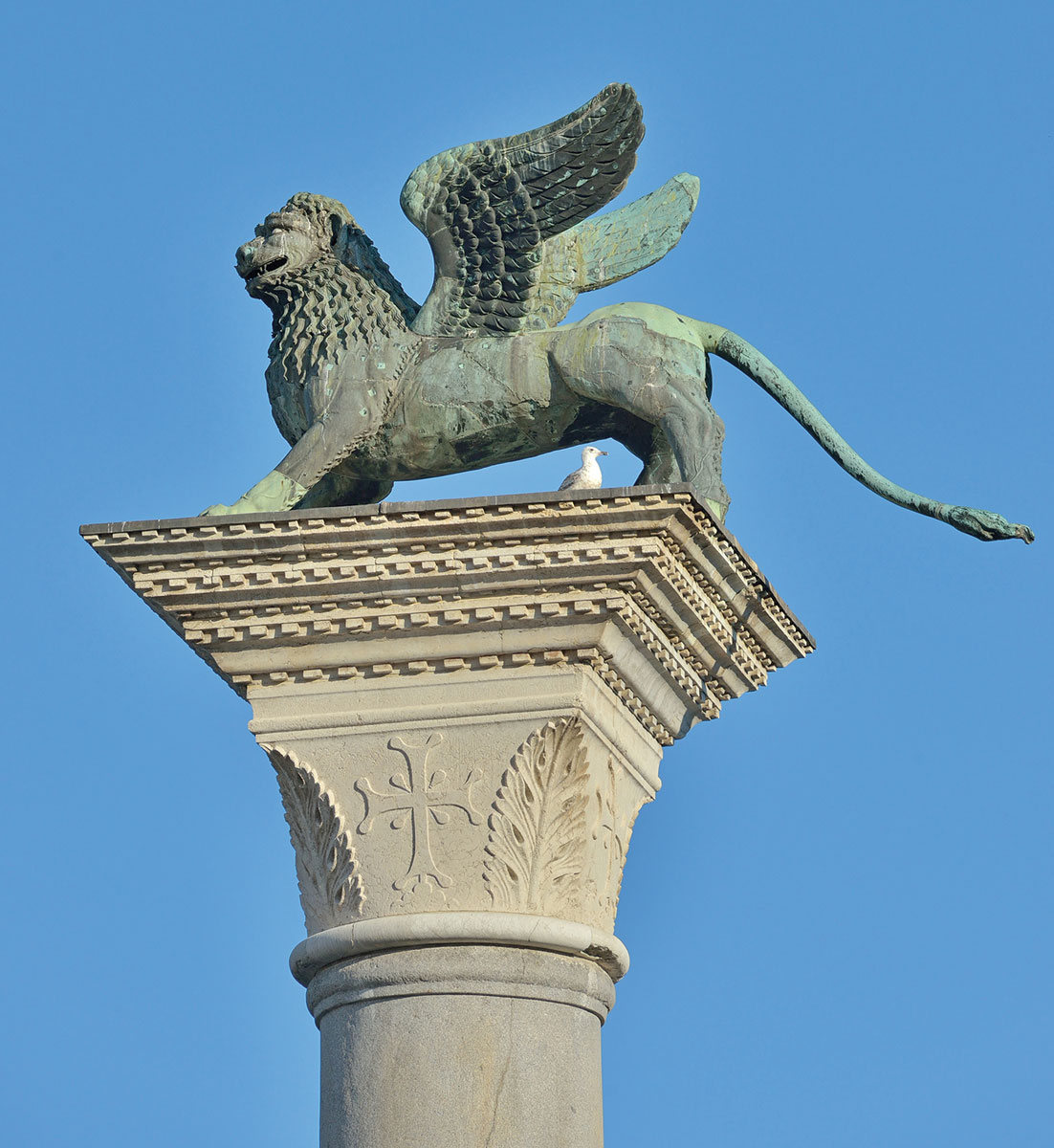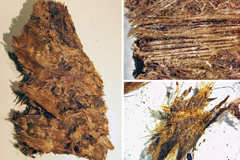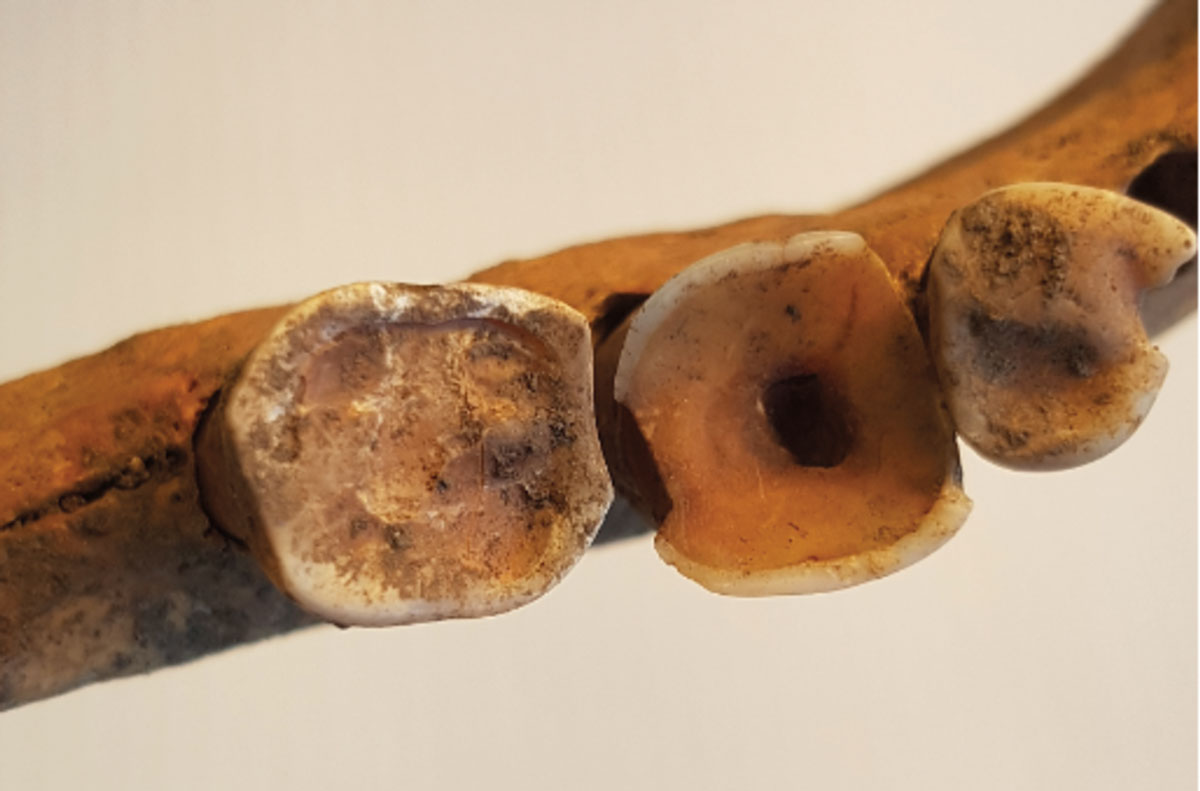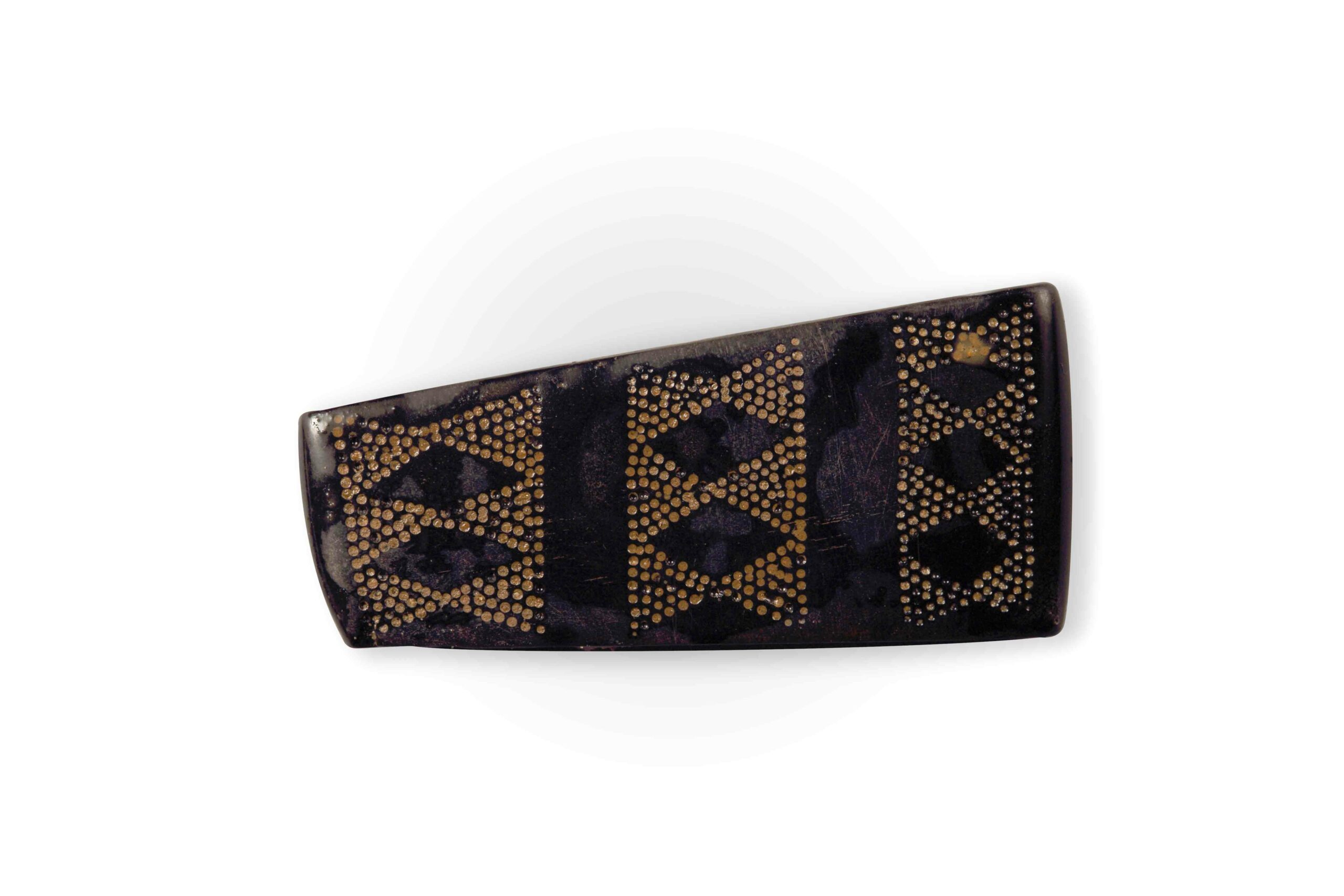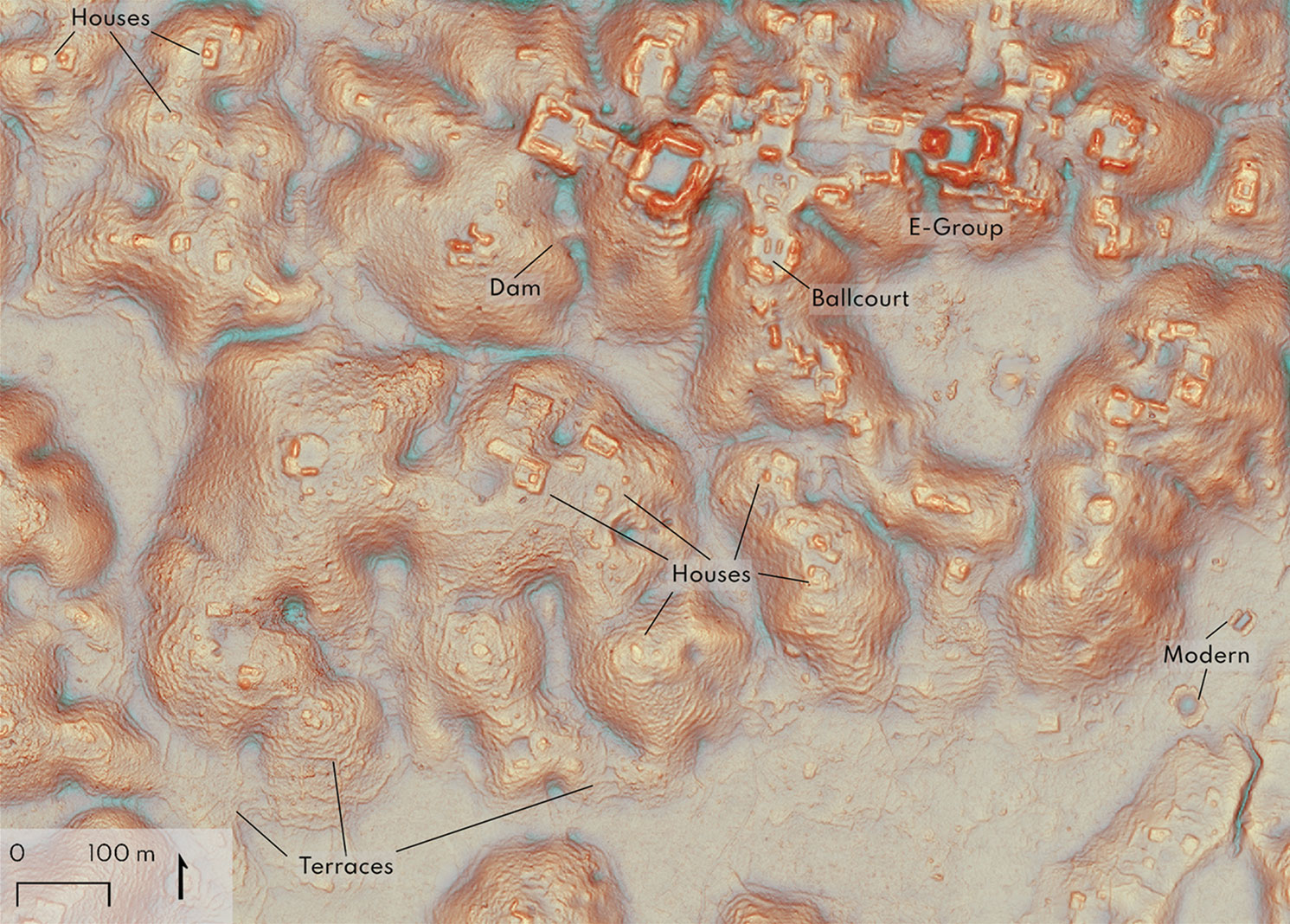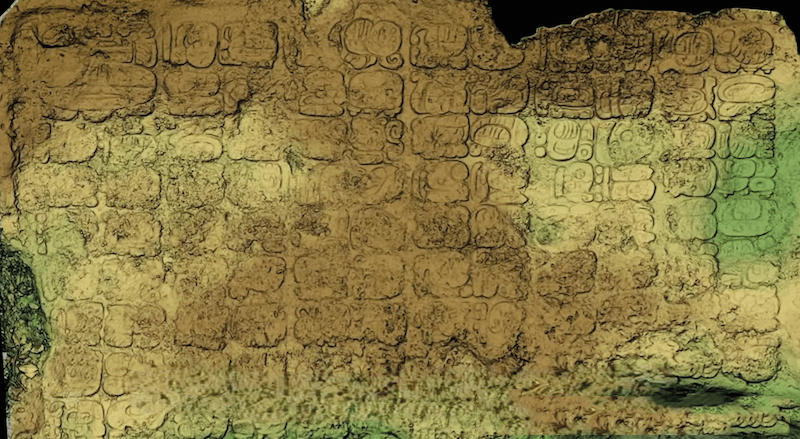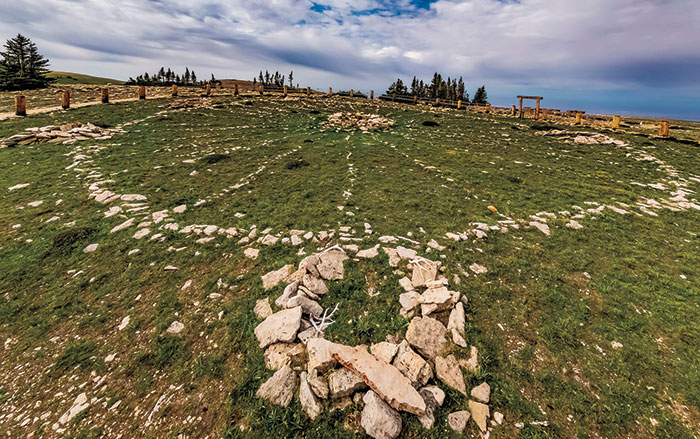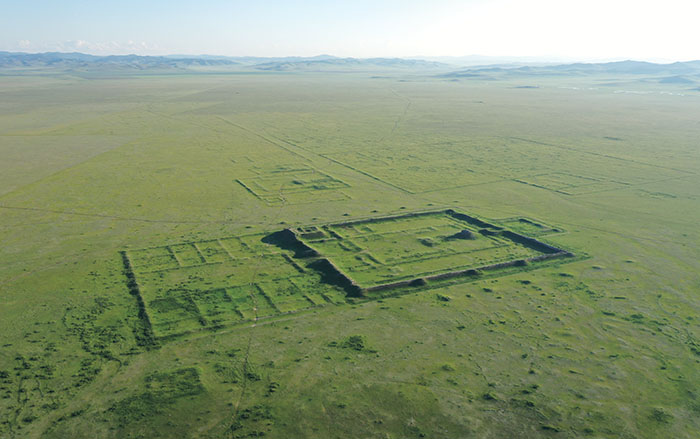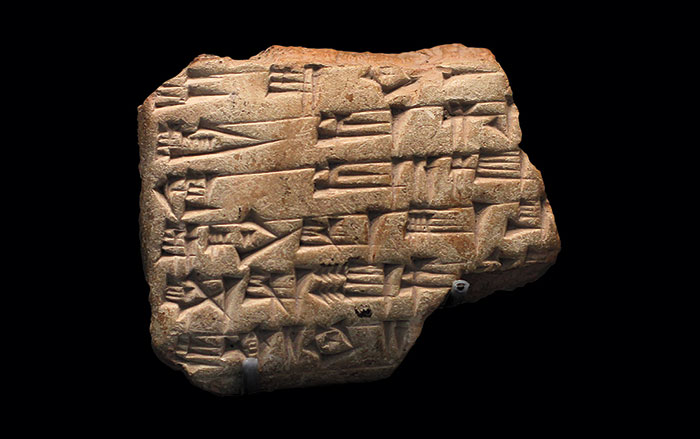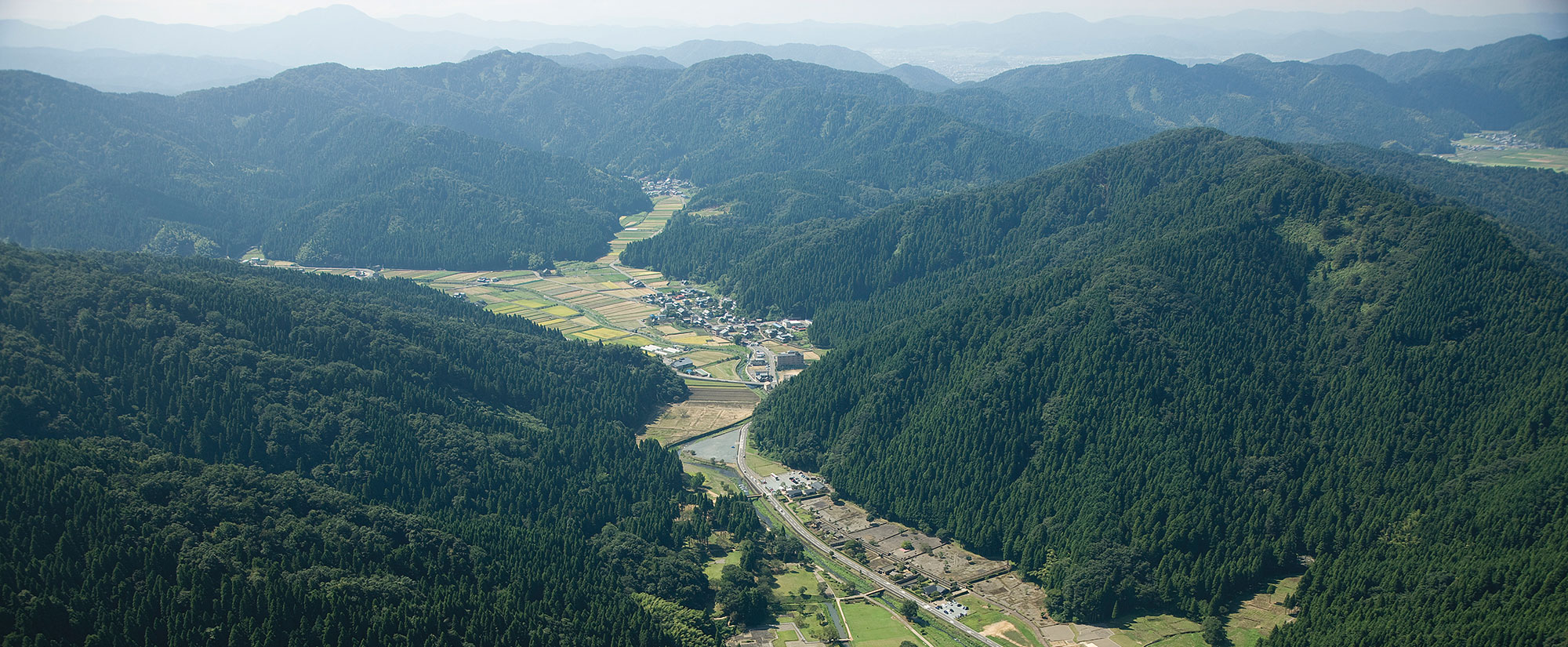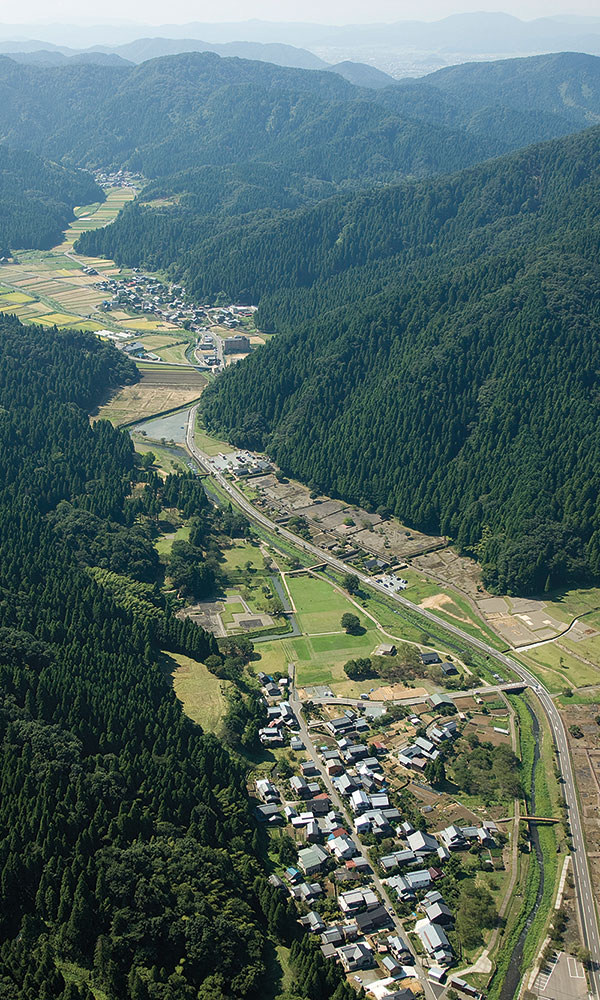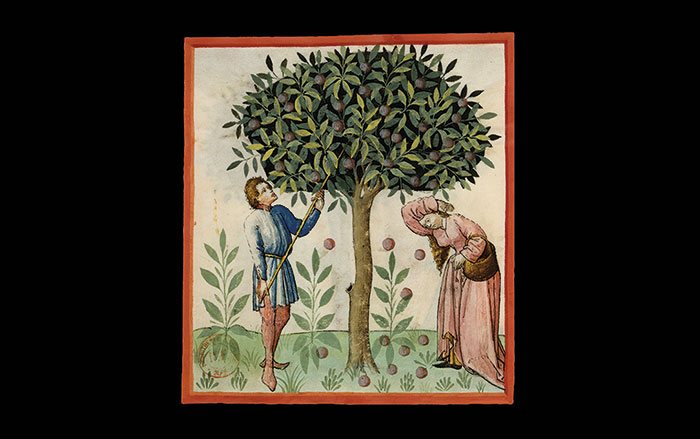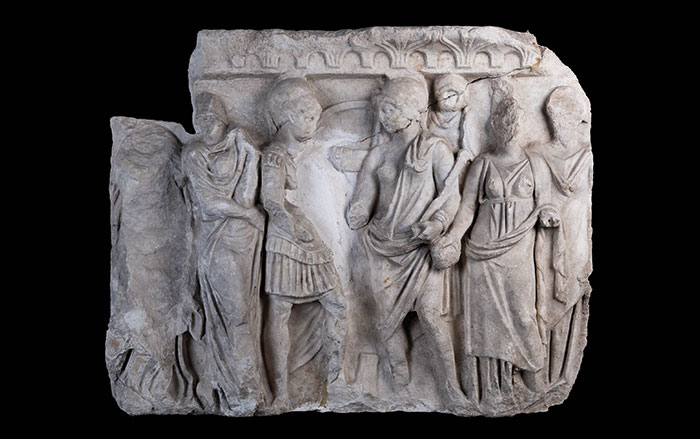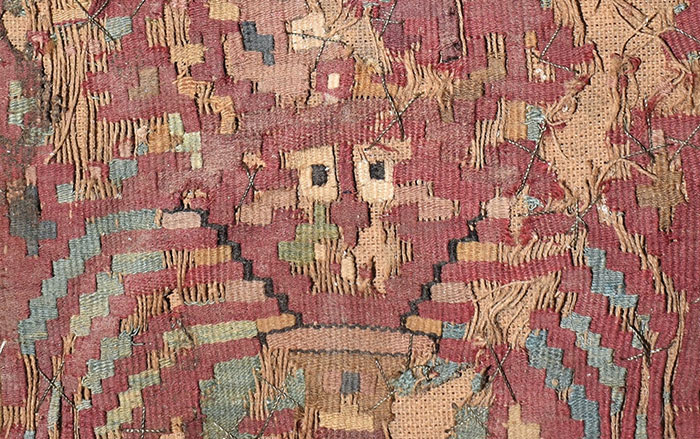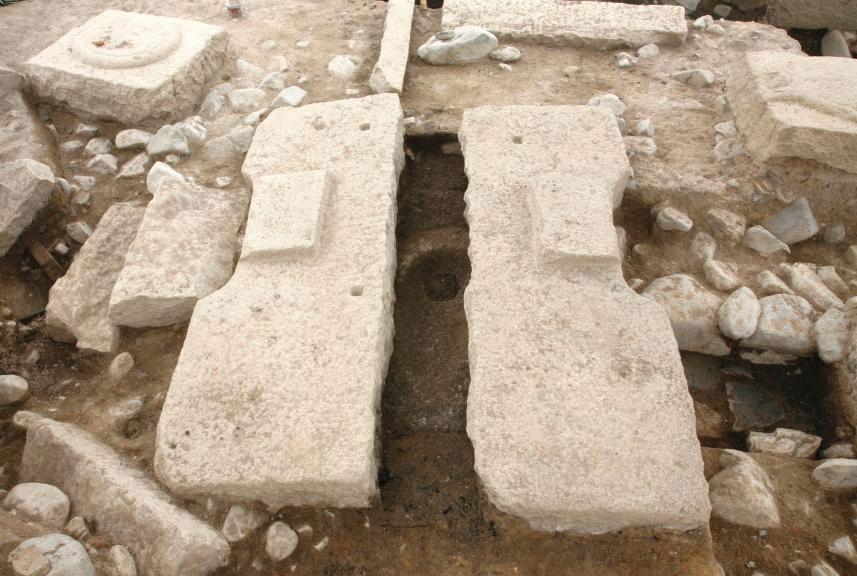
SOUTH KOREA
It’s a royal flush. Archaeologists unearthed a first-of-its-kind flush toilet at the Donggung Palace in the city of Gyeongju. The sprawling royal complex was built in a.d. 674 and was home to the prince of Silla, a kingdom that ruled Korea in the first millennium a.d. Archaeologists uncovered several toilets. Given the location and sophisticated design of one of them, they believe it was used by the crown prince himself. This was a special type of toilet into which a servant would pour water to flush waste through a channel that led directly into a nearby river.
Related Content
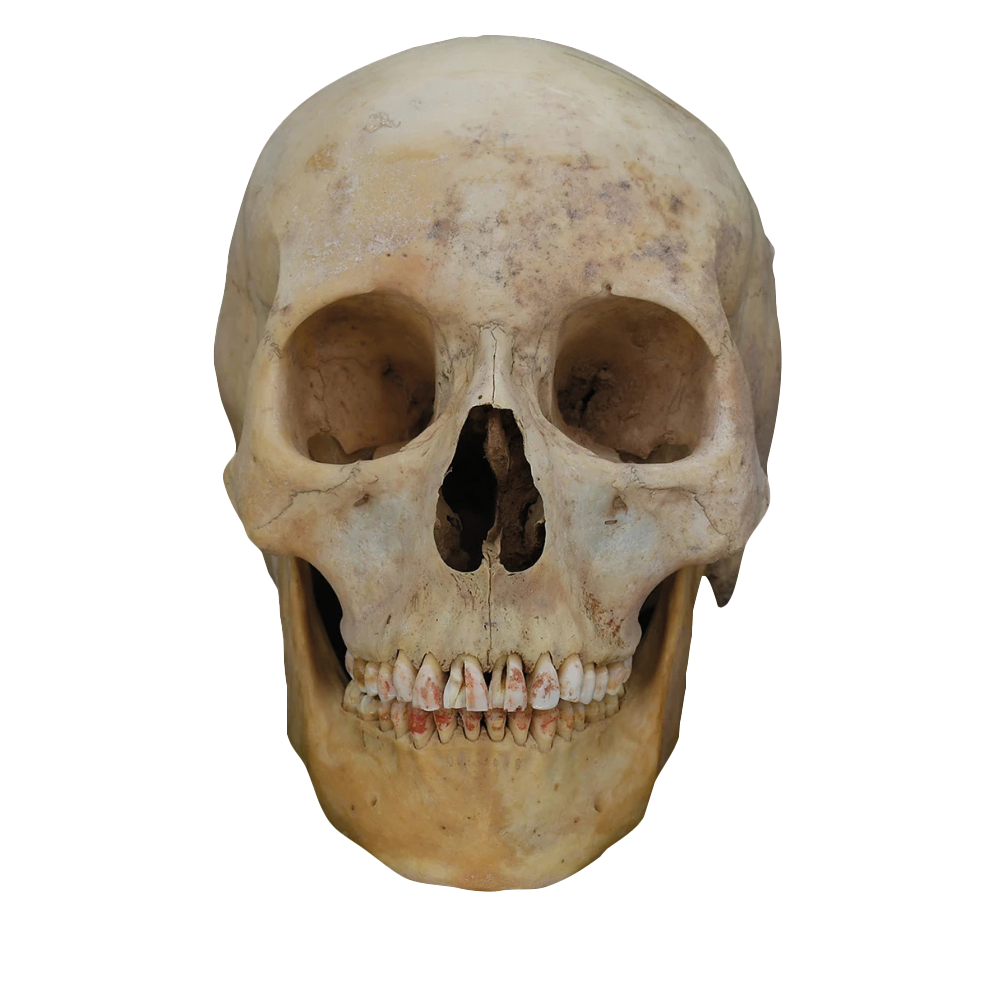
CHINA
A mysterious woman dubbed the “Red Princess of the Silk Road” was buried at the site of Shengjindian in the Turfan Basin around 2,000 years ago. Her teeth were stained red with cinnabar, a toxic mineral. Although many ancient cultures used cinnabar for decorative, artistic, and medicinal purposes, this is the first documented case of the substance being applied to human teeth. The reason for this highly unusual dental work is unknown, although experts note that the color red has been closely linked to elite status and shamanic rituals across the globe.
Related Content
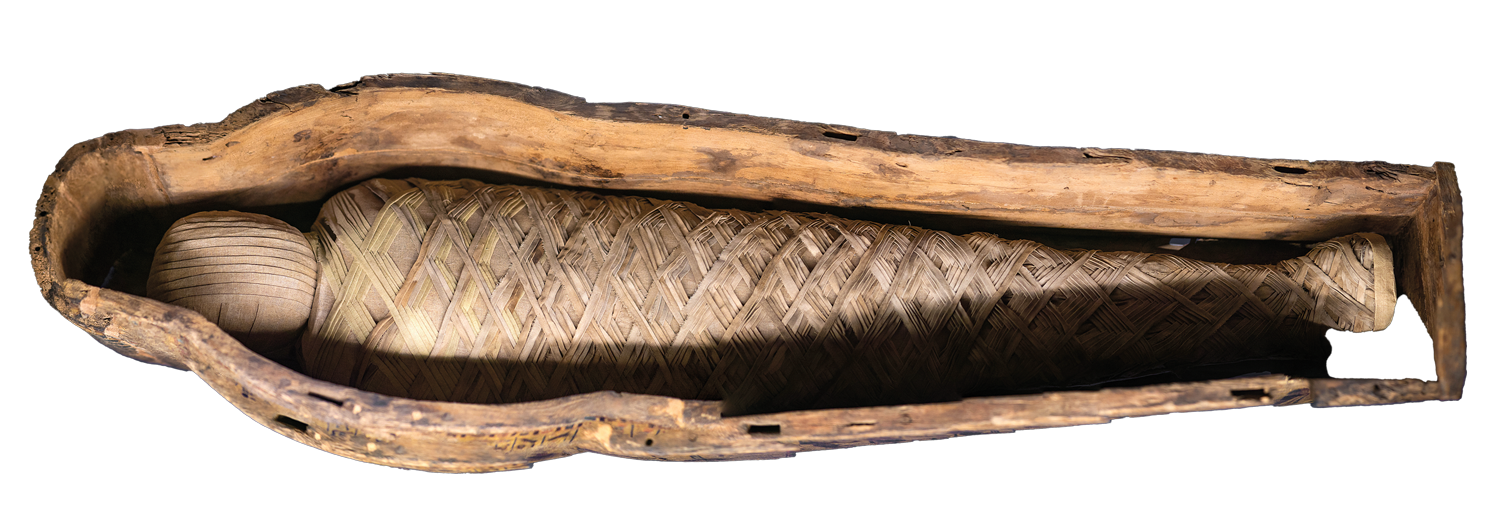
EGYPT
Ever wondered what mummified bodies smelled like? For the first time, mummy odor has been investigated using sensory technology. The results show that the aroma was woody, spicy, and sweet. The scientists used gas chromatography and mass spectrometry to analyze scent molecules emitted from 9 bodies in the Egyptian Museum. The pleasant odors were a product of coniferous oils and resins such as pine, cedar, and juniper and gum resins including frankincense and myrrh that were employed during the mummification process.
Related Content

IVORY COAST
Humans adapted to unfavorable climates more easily than previously thought. It was long believed that, as Homo sapiens spread out across Africa 300,000 years ago, they stuck primarily to savannas and avoided harsh rainforest environments, which were thought to have acted as barriers to human settlement until 70,000 years ago. Discoveries made at a site known as Bété 1 are now debunking that theory. Sediment analysis and dating of layers that contained stone tools indicate that humans did in fact occupy the area 150,000 years ago, when it was blanketed in thick rainforest.
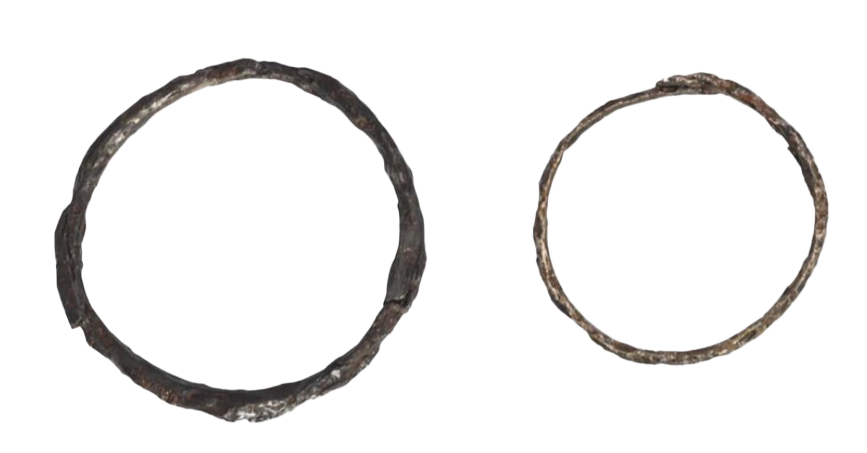
POLAND
Some Iron Age jewelry was truly out of this world. A study analyzed 26 iron objects found outside the city of Czestochowa in burials belonging to the Lusatian culture and dating to between 750 and 600 b.c. X-ray fluorescence and scanning electron microscopy determined that 5 artifacts—3 bracelets, an ankle ring, and a pin—had been made from a single rare type of meteorite. Someone likely witnessed the meteorite fall to Earth, collected pieces of the celestial projectile, and mixed them with smelted terrestrial ore to make jewelry.
Related Content

ITALY
The emperor Nero spared no expense building and decorating his colossal palace, the Domus Aurea, or Golden House, in the 1st century a.d. Recent excavations in workshops connected with construction of the property have uncovered a rare and extremely valuable 6-pound lump of a pigment known as Egyptian blue, which painters used to create the palace’s vivid frescoes. The vibrant material, which does not occur naturally, had to be created by heating and mixing silica and limestone with minerals containing copper and sodium carbonate.
Related Content
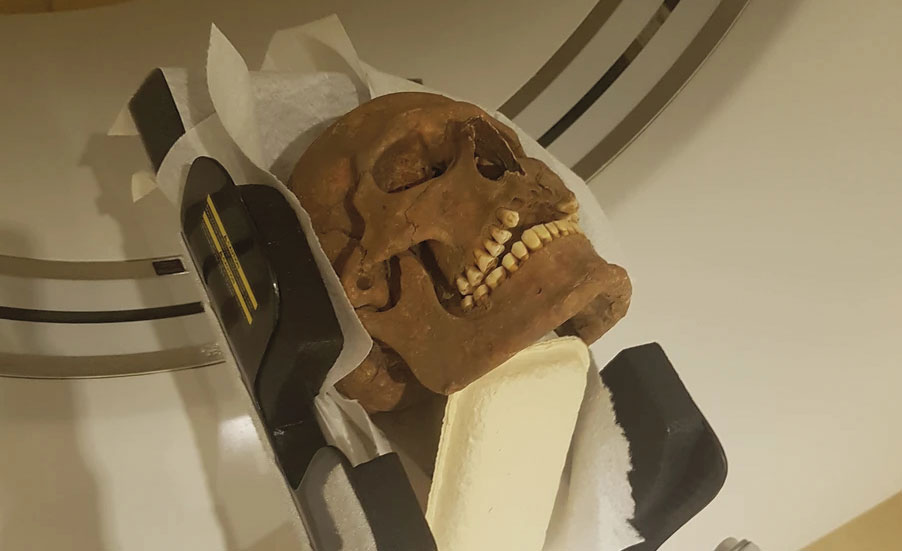
SWEDEN
Life during the Viking Age wasn’t all sailing and plundering; it had its downsides, one of which was the risk of contracting a debilitating oral or maxillofacial disease. CT scans of 15 skulls from individuals buried at a cemetery in the town of Varnhem between the 10th and 12th centuries show marks on the bones indicating that many of the people had untreated ear or sinus infections. Other crania and jawbones displayed evidence of osteoarthritis and various dental diseases. Ouch!
Related Content
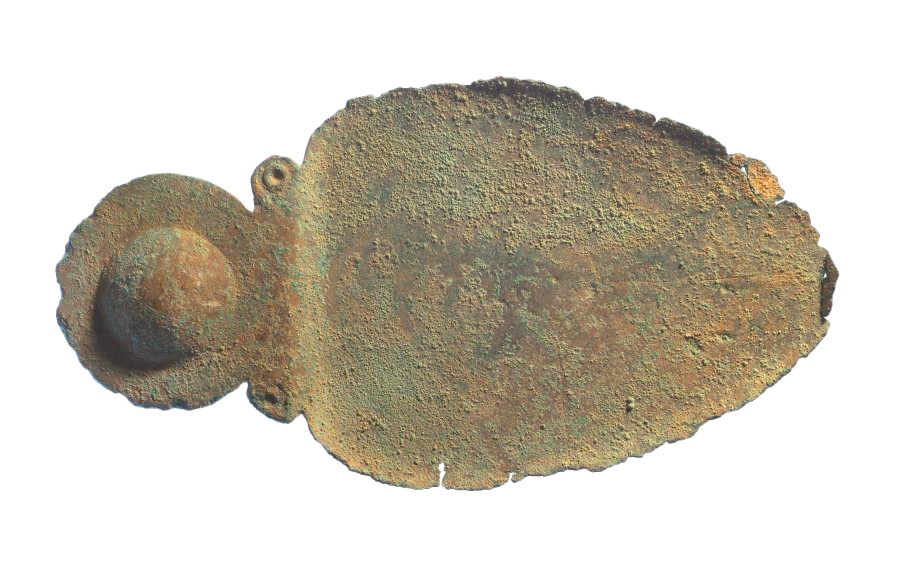
ISLE OF MAN
Iron Age inhabitants of the Isle of Man didn’t have crystal balls, but they did have their own special tools to predict the future: divination spoons. One such utensil, which dates to between 400 and 100 b.c., was recently found on the island. The bowl of the bronze strawberry-shaped device is engraved with 2 lines that form a cross. Scholars believe that priests poured liquids into the spoon and foretold the outcome of future events based on which quadrant they settled into.
Related Content

MEXICO
A lidar scan of the 15th-century Zapotec site of Guiengola in southern Oaxaca mapped previously unseen features that are currently covered in thick vegetation. Archaeologists had thought that the site consisted of no more than a fortress where soldiers were garrisoned. They now know that Guiengola was a 900-acre urban center boasting a well-organized road network and more than 1,100 buildings, including temples and ball courts.
Related Content
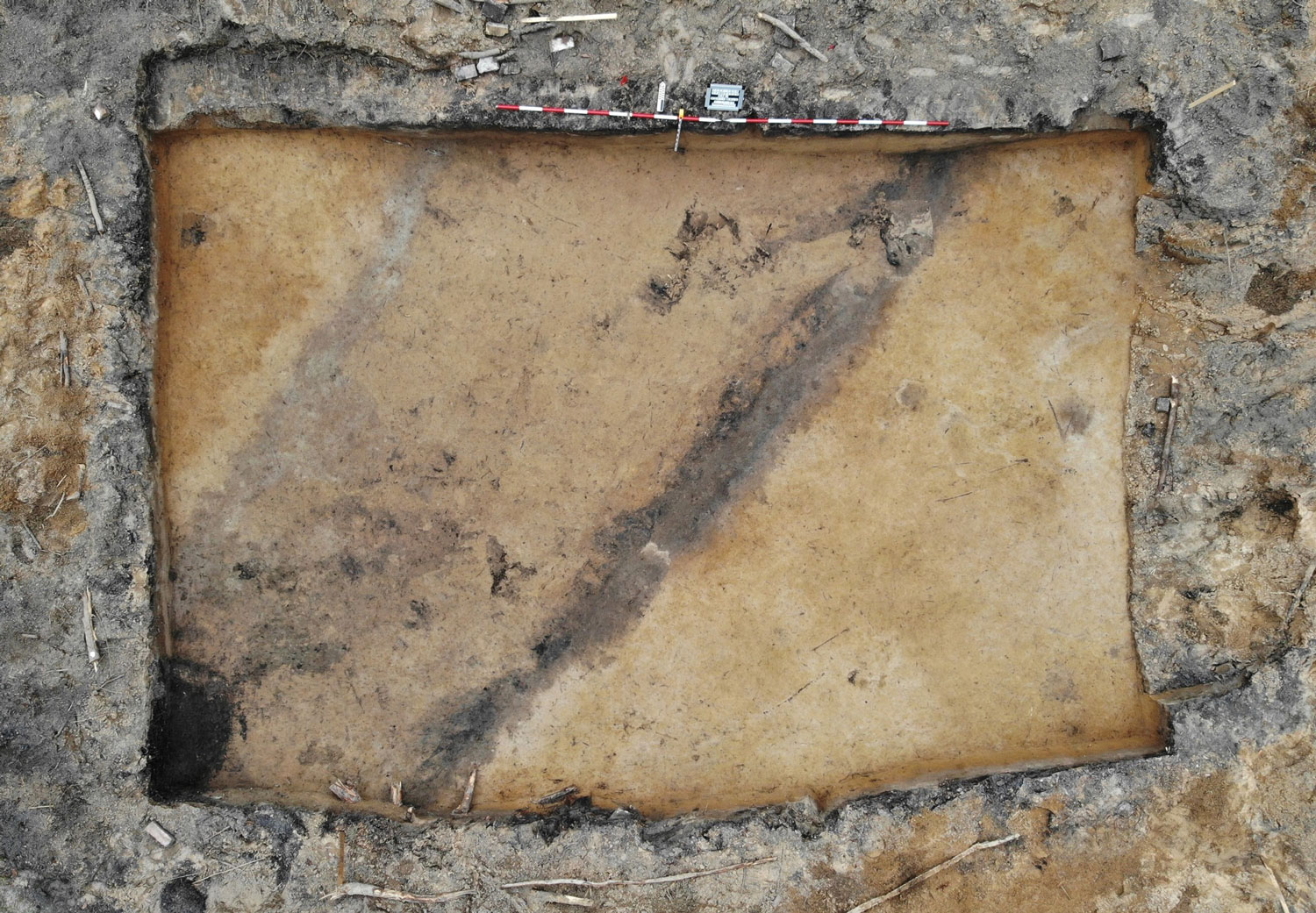
FLORIDA
A new discovery has been made in St. Augustine: part of a fort built by the British during their brief occupation. Although the city was founded by the Spanish in 1565, it was held by the British from 1763 to 1784. During that time, to protect the city’s western edge, they constructed 7 small earthen forts, or redoubts, one of which was recently unearthed in a vacant lot downtown. When the Spanish retook control, these defenses were abandoned and largely forgotten.


